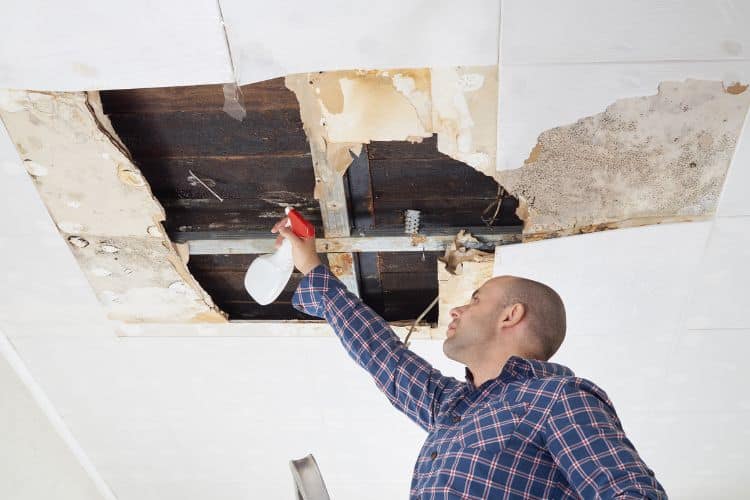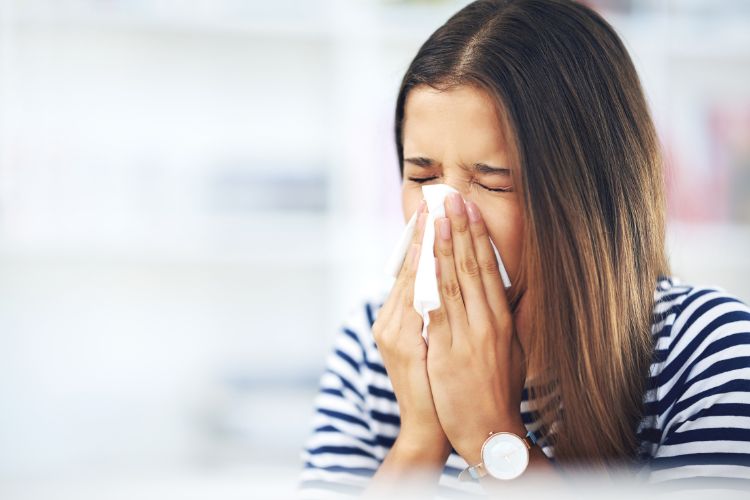Floods can bring about devastating consequences, particularly in the context of water damage to homes and properties. In such emergencies, knowing the immediate steps to take can significantly impact the extent of the damage and the safety of those involved. This article is a comprehensive guide on what to do after a flood, with a focus on emergency water damage restoration. We’ll provide a step-by-step approach to help you navigate this challenging situation and get your life back on track.

Step 1: Ensure Safety
Safety should always be the top priority when dealing with a flood aftermath:
- Turn Off Utilities: Shut off electricity and gas supplies to prevent electrical hazards and gas leaks.
- Be Cautious: Exercise caution when entering flooded areas, as there may be structural damage or hidden dangers.
Step 2: Document the Damage
Documenting the extent of the water damage is essential for insurance claims:
- Photograph and Record: Take clear photographs and videos of the flooded areas and damaged belongings.
- Itemize Damages: Create a detailed list of damaged items, including their approximate value.
Step 3: Remove Water and Begin Drying
The sooner you remove water and begin the drying process, the better chance you have of preventing further damage:
- Remove Standing Water: ActionTools/Equipment NeededRemove standing water from your property promptly- Pumps<br>- Wet/dry vacuums<br>- Buckets
- Drying Out: ActionTools/Equipment NeededFacilitate the drying process with:- Dehumidifiers<br>- Fans<br>- Open windows
Step 4: Salvaging Belongings
Efforts to salvage belongings should begin as soon as possible:
- Sort Items: Separate salvageable items from those that are irreparably damaged. Prioritize valuable and sentimental possessions.
- Clean and Disinfect: Clean and disinfect salvageable items to prevent mold and bacterial growth.
Step 5: Seek Professional Assistance
In many cases, professional help is crucial for comprehensive water damage restoration:
- Contact Restoration Experts: Experienced water damage restoration professionals have the necessary equipment and expertise to assess, repair, and restore your property.
- Mold Prevention: These experts can also help prevent mold growth by thoroughly drying and disinfecting affected areas.
Step 6: Handle Insurance Claims
Navigating the insurance claims process is a critical part of flood recovery:
- Notify Your Insurance Company: Inform your insurance company about the flood damage promptly and provide them with the documentation you’ve collected.
- Work with Adjusters: Cooperate with insurance adjusters and provide them with the necessary information to process your claim efficiently.
Step 7: Prevent Future Flood Damage
As you restore your property, take proactive measures to prevent future flood damage:
- Elevate Electrical Systems: Raise electrical outlets, wiring, and appliances above expected flood levels to prevent electrical damage.
- Waterproofing: Consider waterproofing solutions for your home, such as sealing basements and installing sump pumps.
Conclusion
In conclusion, the aftermath of a flood can be a challenging and emotional time, but with the right knowledge and actions, you can minimize water damage and expedite the recovery process. Prioritizing safety, documenting damage, removing water, salvaging belongings, seeking professional assistance, handling insurance claims, and implementing preventive measures are all essential steps to take after a flood. Remember, swift and informed action is key to successful emergency water damage restoration and a faster return to normalcy.




